10 Things to Know Upon Arrival in Korea
Last Updated on June 12, 2024
From getting lost just steps from the front door to signs in another language being of no use for navigation, moving to a new country can be daunting. There are a lot of things you learn AFTER you come to Korea and plenty of them are easy enough to figure out and a ton are definitely good to know BEFORE you get here. Here’s what you should know if you’re moving to Korea and there’s a nifty packing list at the end of this post too.
Wondering if you should learn Korean before you move to Korea? Let me fill you in. Wondering about the best apps for transportation in Korea? I got you covered. There are rules about your trash that everyone needs to know and two addresses for everything which is just good to know. Let me help you kick off your time in Korea with a positive bang. Whether you’re looking to come be an English teacher in Korea or just want to travel, there is information in here for you. Check it out!
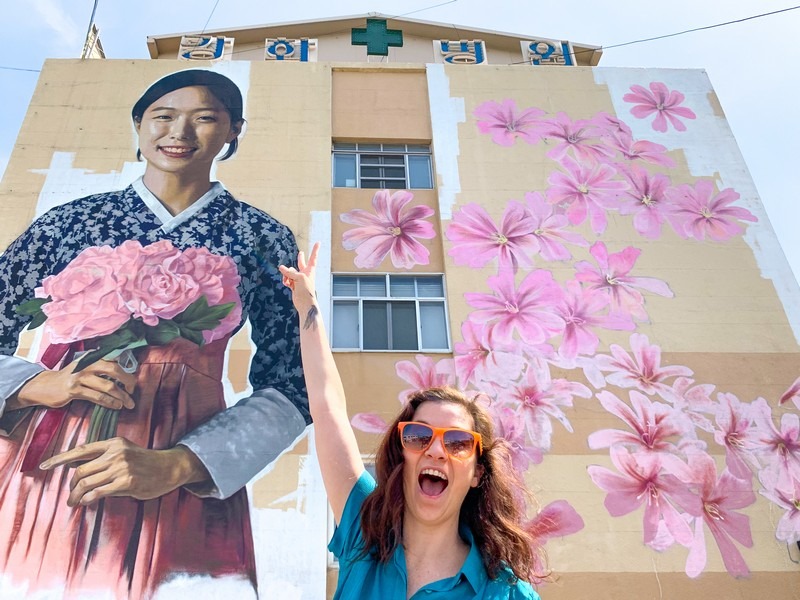
(This post contains affiliate links, which means I receive a certain percentage of a sale if you purchase after clicking at no cost to you.)
What To Do BEFORE You Come To Korea
Buy An Airplane Ticket: Get your airplane ticket and look for those deals. We’ve found some awesome deals on travel at Skyscanner.com.
Get a Visa: Many people can come in easily and get a tourist visa but be sure to check that you have what you need from your home country to come in to Korea and get a visa.
Book A Hotel: To get in to Korea, you’ll need to have prepared a place to stay and you’ll need the address when you fill out your card for immigration. Make sure to book and write down the address. We usually use Booking.com which has great deals on hotels around the country.

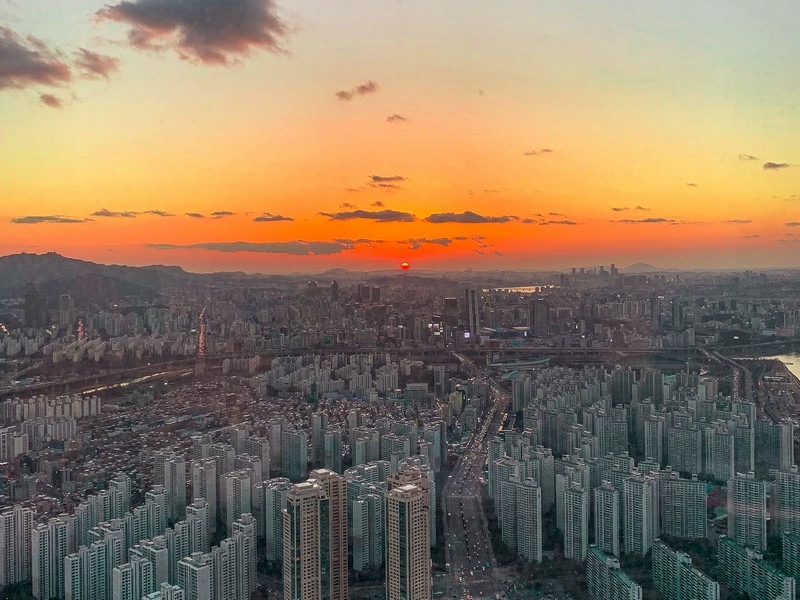
Travel Insurance: World Nomads offers simple and flexible travel insurance. Buy at home or while traveling and claim online from anywhere in the world. We receive a fee when you get a quote from World Nomads using this link. We do not represent World Nomads. This is not a recommendation to buy travel insurance.
Study Korean: 90 Day Languages has a great course on Korean and offers a lot of help if you’re interested in preparing before you come. A little goes a long way here.
Plan Your Airport Transfer: There are numerous ways to transfer from Incheon International Airport outside of the city into the city of Seoul from the subway/train and bus to taxis. To be honest, we almost always opt for the private transfer. It’s fast and easy and we don’t have to worry about dragging our bags this way and that and up and down escalators. TaDa is a great company that provides transfers as well as rides within the city. Book your transfer in advance to make the trip smooth and easy.

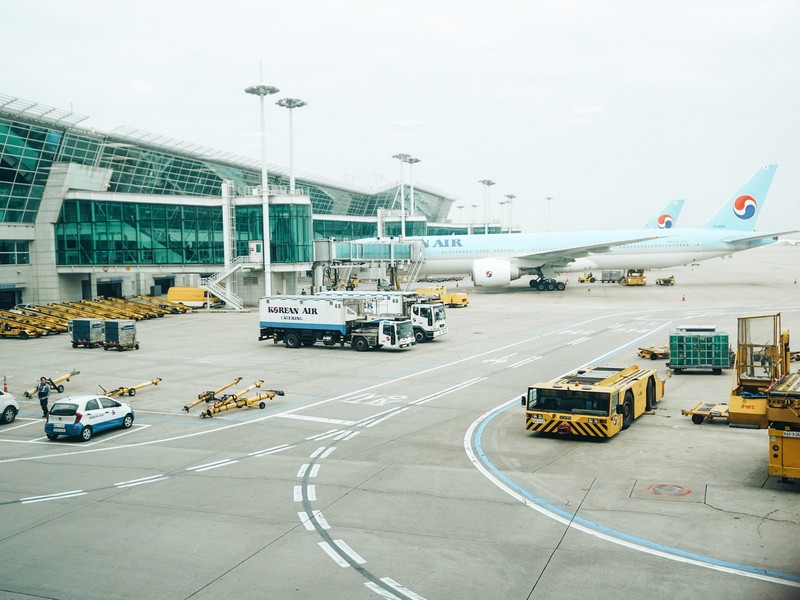
Get Good Hard Case Luggage: Packing all of the essentials is good only if they get to the other side with you. Make sure to have good luggage to get you and your belongings all the way. Roam Luggage has awesome customizable bags that will go the distance and look super cool on the way.
This is a massive post with a ton of info, but if you want to skip ahead to a spot, here are the links to help you do that:
- Transportation & Addresses in Korea
- Recycle, recycle, recycle!
- TP; Never Leave Home Without It!
- You still use Internet Explorer right?
- Sirens don’t always equal invasion.
- How old are you? & Other Personal Questions
- Phone Numbers to Memorize
- Don’t Talk To Strangers
- Shopping In Korea
- Some Final Tips & Tricks
- What To Pack For Korea & What NOT To Bring
- What To Pack To Come To Korea Infographic
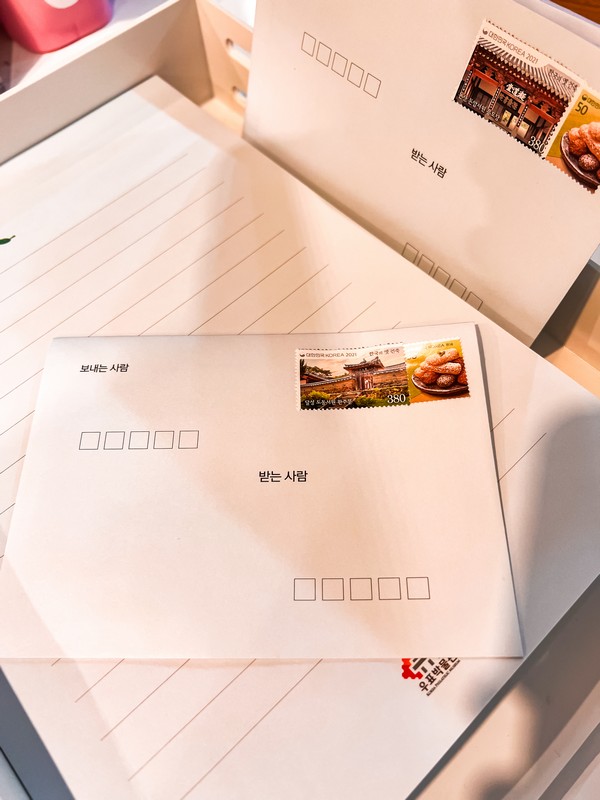
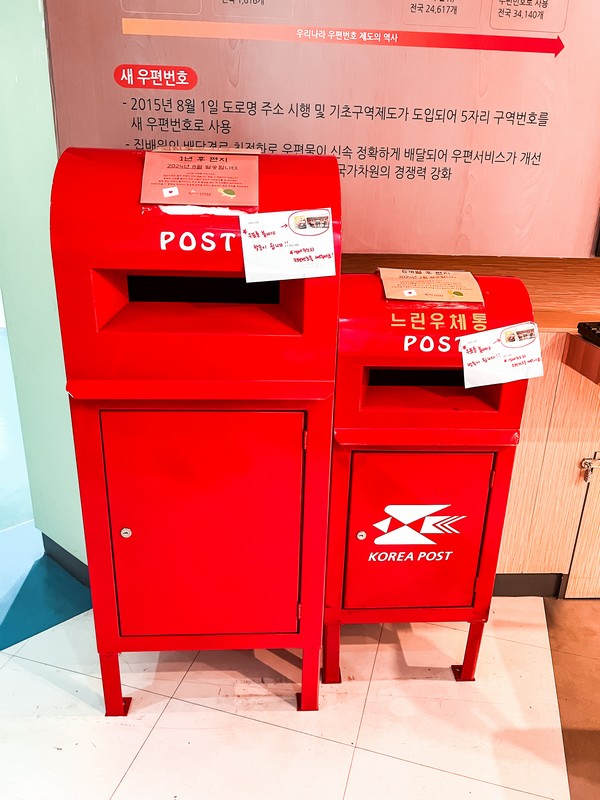
1. Transportation & Addresses in Korea
Everything Has Two Addresses In Korea
There are two address systems in Korea, a new one and an old one, this means your one house actually has two, probably, very different addresses. Basically, there was an address system that used a “district-neighborhood-block number- house number” system and then the government decided to switch it to a more western style “district-street name-building name/number-house number” system.
The government hoped to switch entirely to the new system, however, that’s a HUGE adjustment to make and even mailmen are known to write the ‘old’ address on a piece of mail that has the ‘new’ address on it so he knows where to actually take the mail. If you hop into a taxi, telling them the street name as in the new address system, you will most likely garner a stare and a fiddling with a phone and a gps app to figure out what in tarnation you’re on about.
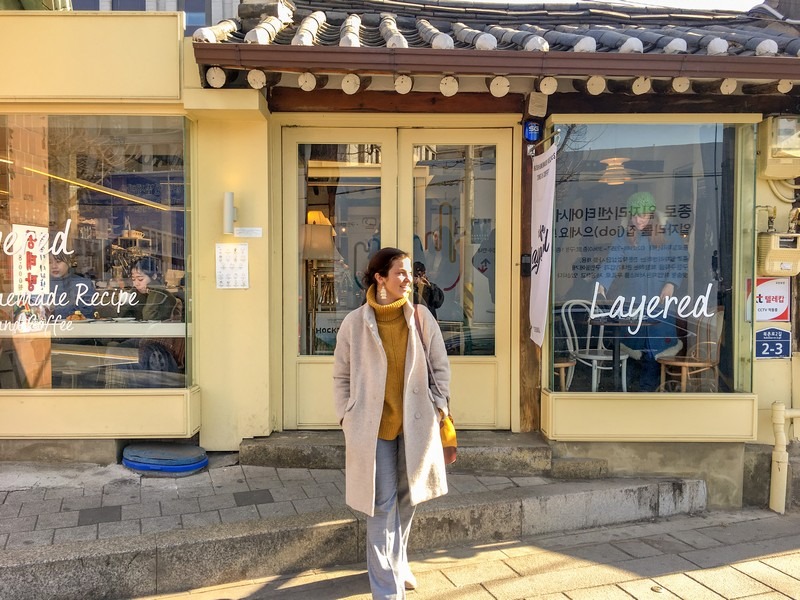
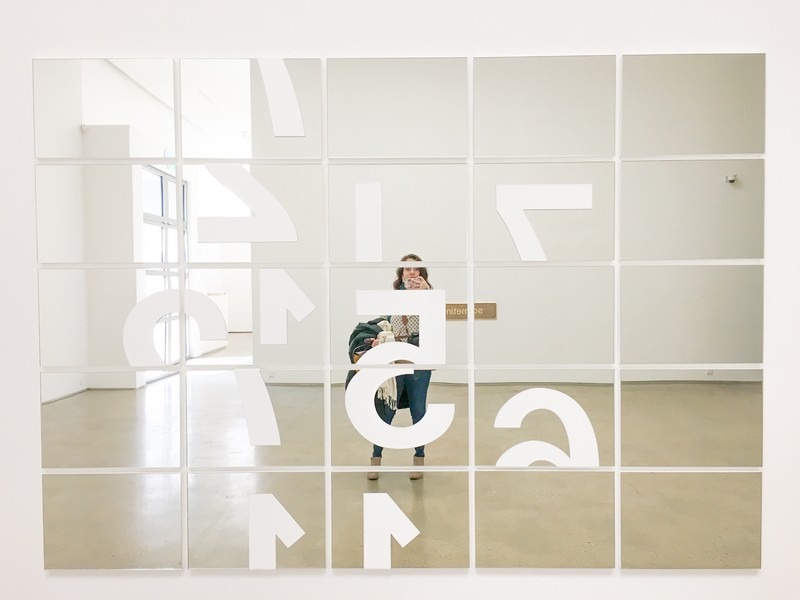
Taxi drivers work much better when you know the district name or a large building nearby. This is good to know as you will probably use a lot of taxis since they’re not expensive and make it easy to get around.
As an example, here are the two address for the Oil Tank Culture Park. Both addresses will get you to the same spot. This is important to know because often people new to the country that weren’t here when the change happened some years back can easily be confused by the multiple addresses for things including their own house!
Oh, also, they write address backwards compared to how we write them. In the States we write addresses with the house number-street name-city-state-country, basically smallest to largest. In Korea they start with the bigger and end with the smaller, aka the house.
NEW: Seoul, Mapo-gu Jeungsan-ro 87 (서울특별시 마포구 증산로 87)
OLD: Seoul, Mapo-gu Seongsan-dong 661 (서울특별시 마포구 성산동 661)
T Money Cards
The easiest way to travel. The T-money card is good for use on public transportation and in taxis. If you don’t want to be fumbling for loose change and chuns (W1,000), head to the nearest convenience store and ask for a T-Money card. There are various designs, but they all do the same thing.
You can get a card or a keychain. Put some money on it, W10,000 is enough to start, and off you go. The T-Money card can also save you money as you ride at a discounted rate and you can transfer without paying the entire fee again so it’s definitely a must-have if you’re living in Korea.
To use the T-money card, just look for the card pad when you enter and exit subway stations and buses. On the bus, remember to put it on when you exit as well. If you’re headed to Korea just to travel through, also check out the Discover Seoul Card. There are now more options for travelers, so know which one would be the best for your needs and what you want to see and do around the city.
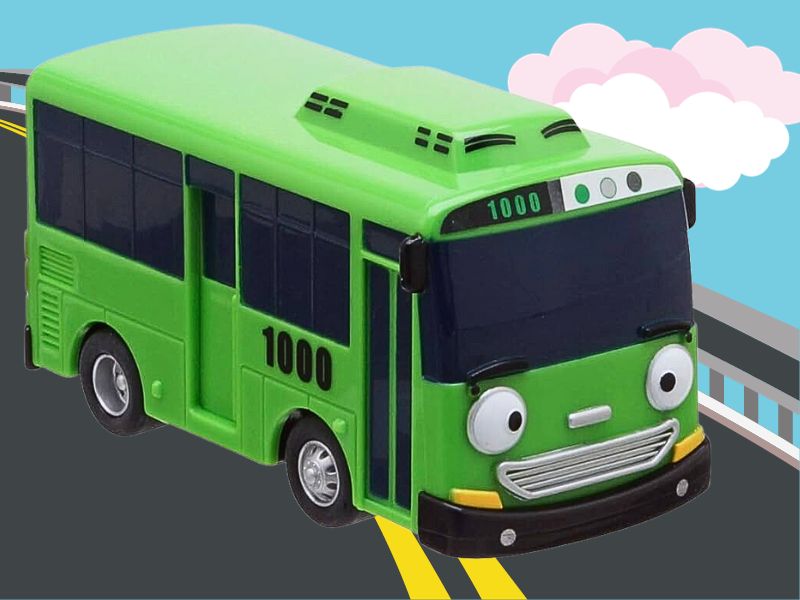
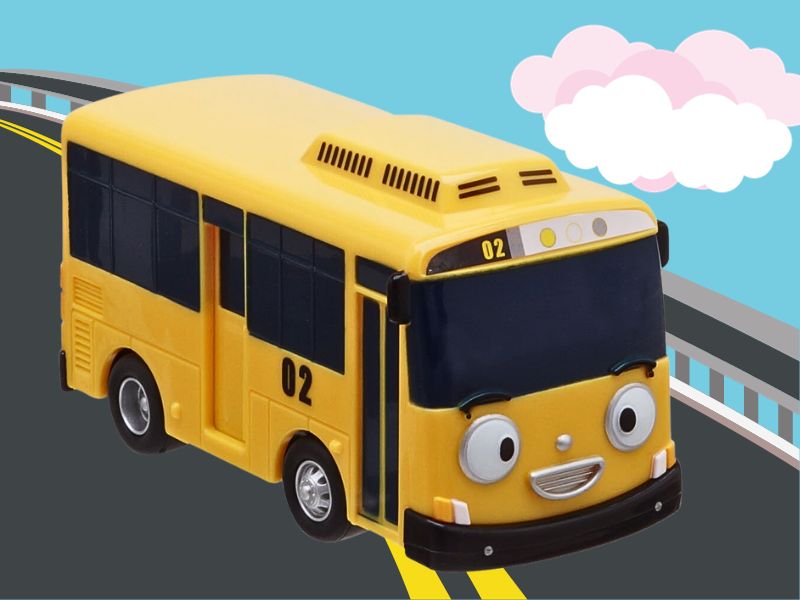
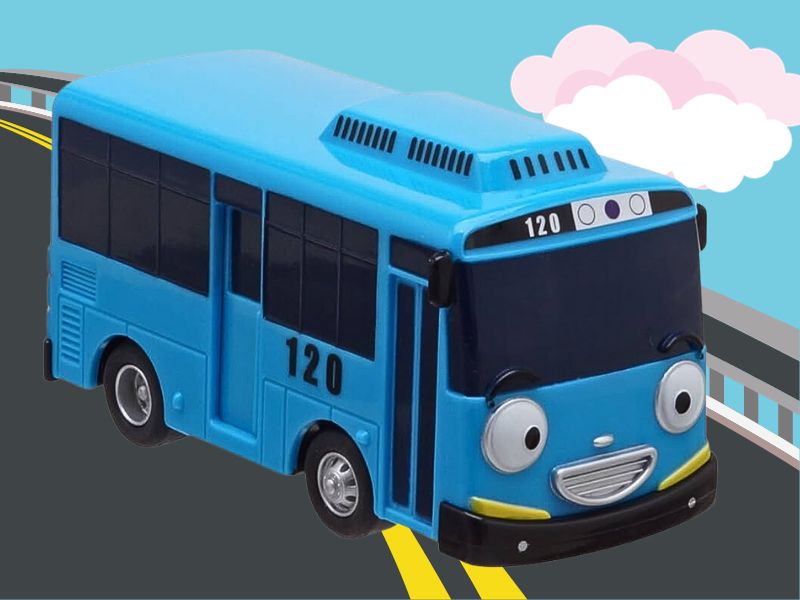
Subways & Buses Oh My!
Find a subway map or get the bus information as soon as you can. Though taxis are pretty easy to use and drivers these days, though not fluent in English, have some English skills to speak of, it’s much cheaper and faster to use public transportation. Download these apps to get you started:
Seoul Bus: Great for the Seoul bus routes, you can also hit a button to show you what the nearest stop is and what buses access it. Not good if you don’t know which bus you want though.
Subway Korea: For all of the subways in the country this is the app to have. It has all of the routes and you can log in where you want to go and it will tell you how long it takes to get there and which car to get into so that you don’t have to walk a mile inside the subway station to transfer. For use in Korean, English & Chinese.
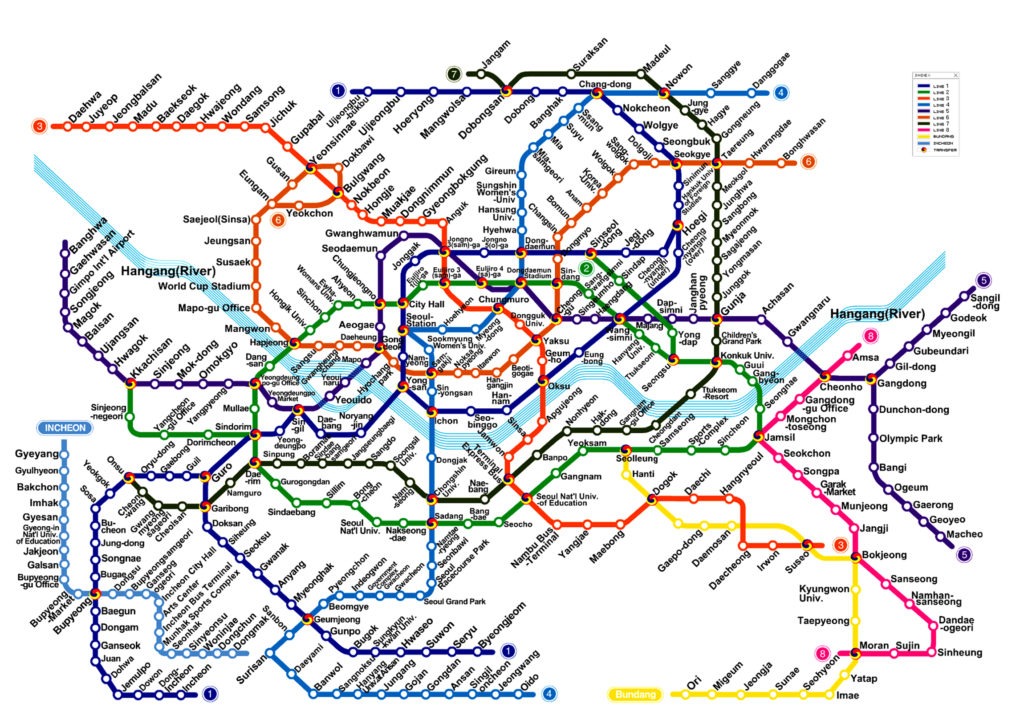
Naver Map: This is one of the most reliable apps, but you’ll need to be able to read Korean and type Korean at a basic level. This app can tell you routes to get from one place to another using subway to bus, by walking or by car.
KakaoMap: Initially just a chatting up, Kakao is taking over the world… er, just phones here in Korea. From chatting to transportation, games, and banking too, Kakao has an app for it. The KakaoMaps app is quite useful as it also functions in English. It does pretty much everything NaverMap does, but you can read everything. The only downfall with this in my opinion is that it doesn’t help you learn Korean and some of the romanizations are just plain lengthy and not really what things are called/translated as in English. But, it works pretty great otherwise.


2. Recycle, Recycle, Recycle!
There are white, yellow, pink or green trash bags for non-recyclable materials that you can purchase at your nearest convenience store or market. The bags are different depending on which district you live in and they are labeled with the name of the hood as well so you can’t use old trash bags if you move into a new district.
While you’re picking up your non-recyclable material trash bags don’t forget to stock up on food trash bags as well, which are separate from your trash trash bags. You CANNOT use just any ‘ole bag to toss out trash.
Now that you have stocked up, take them home and fill the trash bags up with things that can’t be recycled, fill the food trash bag up with the leftover food scraps and then take a leftover bag and fill it up with the recyclables. Take the recyclables outside and if you live in an apartment complex, look for an area to sort your goods out. If you don’t live in an area with a sorting station, you should sort on your own and then line them up neatly on the street.
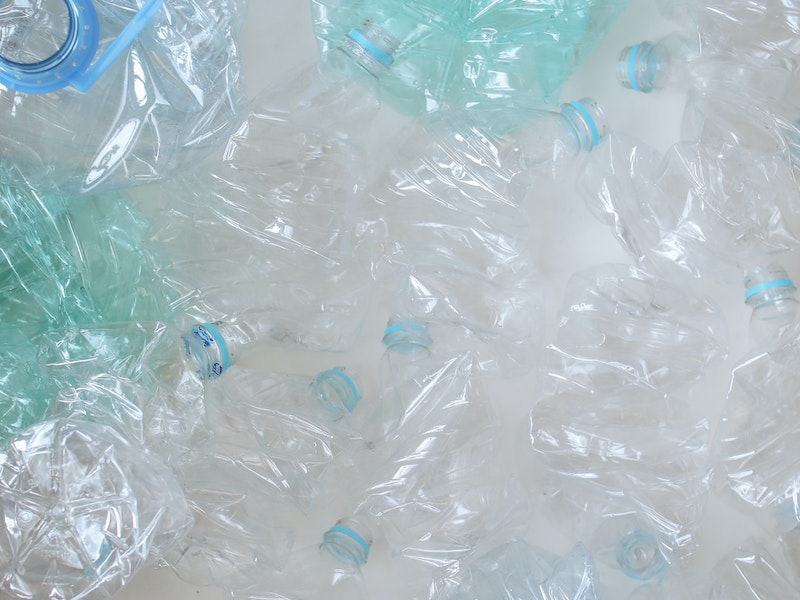
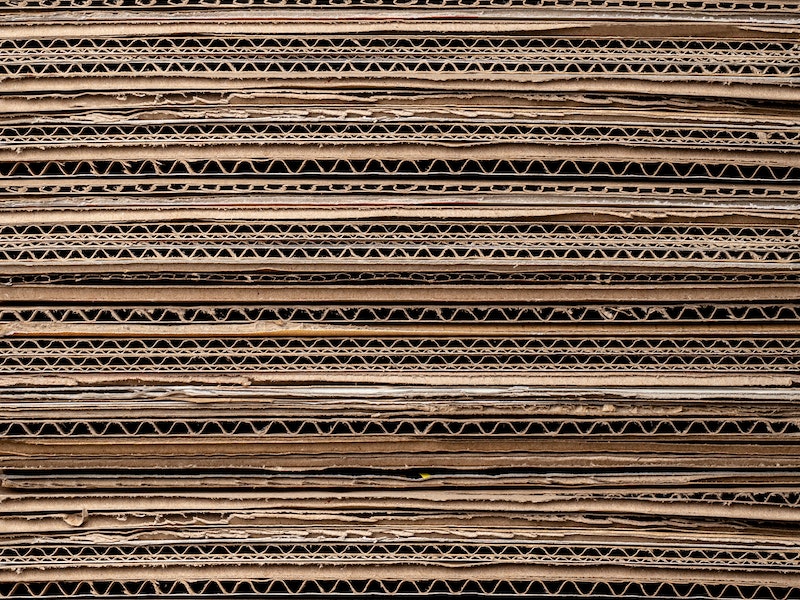
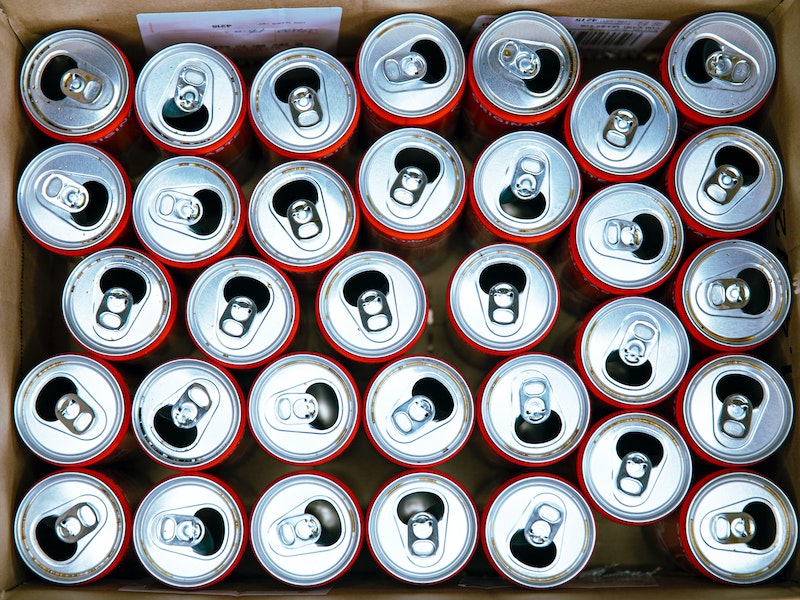
Oh, but be careful, trash trucks only come on certain days and you can’t just be putting trash out at any old time or you may get yelled at by your friendly next door neighbor. For the first week you’re here, just watch what your neighbors do, use those ‘eye apps’ (<– your eyeballs) and see where people are putting things and just follow along.
Do be aware of what food scraps can and cannot go into the food trash bags. Almost everything goes into the food trash bag that is uneaten, however because this food trash goes to feed various livestock, you cannot put these items in: shells from walnuts, chestnuts, peanuts, acorns, coconuts, seeds of drupes like apricots and persimmons, bones and feathers, shells from seafood, the internal organs of globe fish, tea bags, and the grounds from herbal medicine.
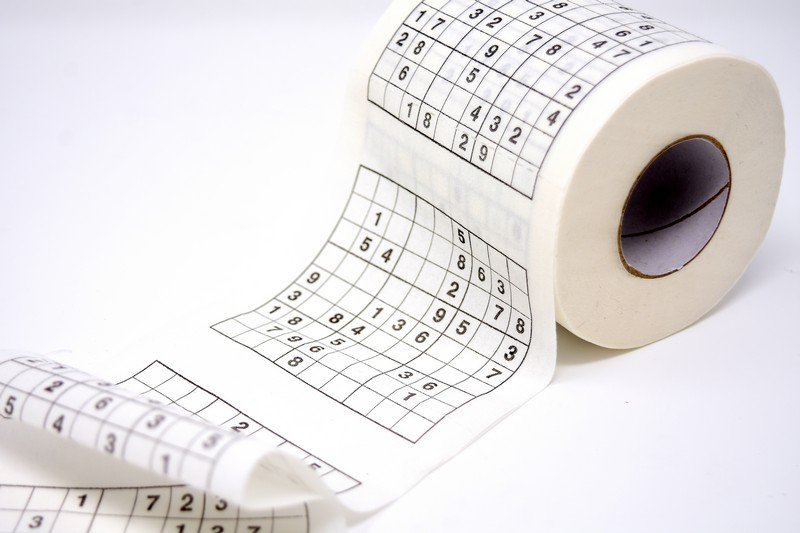
3. TP; Never leave home without it!
This is an important one, right up there with knowing where the nearest “acceptable” restroom is which is getting easier and easier these days. Walking into a restroom to find that there is no paper to speak of (or soap for that matter) is common place.
Even when there is TP, be aware that there will likely be a trash can next to the toilet with a sign asking that you put all used toilet paper there rather than in the toilet. (<– As of 2019, the government is really trying to get people to put toilet paper in the toilets but if you’re in an old district with old pipes, you’ll probably still find the waste bin method of disposal.) It can be a scary sight at first, but you get used to it.
Newbies may be shocked to find that a common topic of conversation is restrooms in the vicinity. From dirty to clean, TP or not and squatters to western bowls, there is a lot of information to gather.
Are you headed to Seoul, Korea soon? There are numerous ways to get into the city from Incheon Airport, but none as easy as hiring a driver through Klook. Just let them know when you’ll arrive and they’ll have someone ready and waiting for you! Make the process to get in and start having fun as easy as possible.
4. You still use Internet Explorer, right?

From banking to government websites to everything else in between, if you deleted Internet Explorer from your computer long ago, it’s time to download it once again. The country may have Wifi everywhere from buses and street corners to parks and convenience stores, but if you want to get any work done on any Korean website, you’ll need to have access to Internet Explorer. There’s no use griping about it. It is what it is.
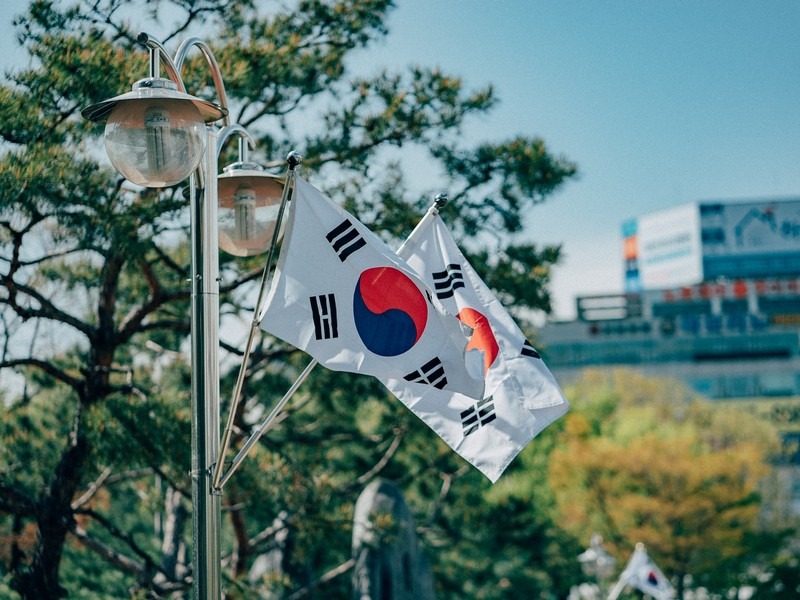
5. Sirens don’t always equal invasion.
Once a month, the sirens around the city will go off in the early afternoon to declare an invasion drill. It will be the same every month. Do not freak out. The cars on the road will be stopped and no traffic will move. If you are on the street, you will be directed to enter a nearby shop or subway station. A few minutes later, the drill will be over and you can continue on your way.
If you’re inside, you probably won’t even notice. I was always working when the sirens went off my first year and didn’t even notice them until one summer day when the windows were open while I was in class. They actually sounded really similar to the sirens I was used to hearing back home in Dayton, Ohio when a tornado was headed our way. You can imagine my confusion and my co-teacher’s confusion when I was directing my students under desks.
You will be moving to a country that is still technically at war, so I highly suggest learning more about the history of the country and how the war has affected the country. One of the biggest questions I was asked when I first moved here… and honestly, still, every time there is a big to-do with North Korea, is whether the country is safe or not. I feel South Korea is very safe in terms of the war issue and I’ve never been worried that I would need to leave in a moment’s notice. North Koreans and South Koreans are brethren and the longer you’re here, the more you’ll understand just how and why the two exist, and why many don’t want them to.
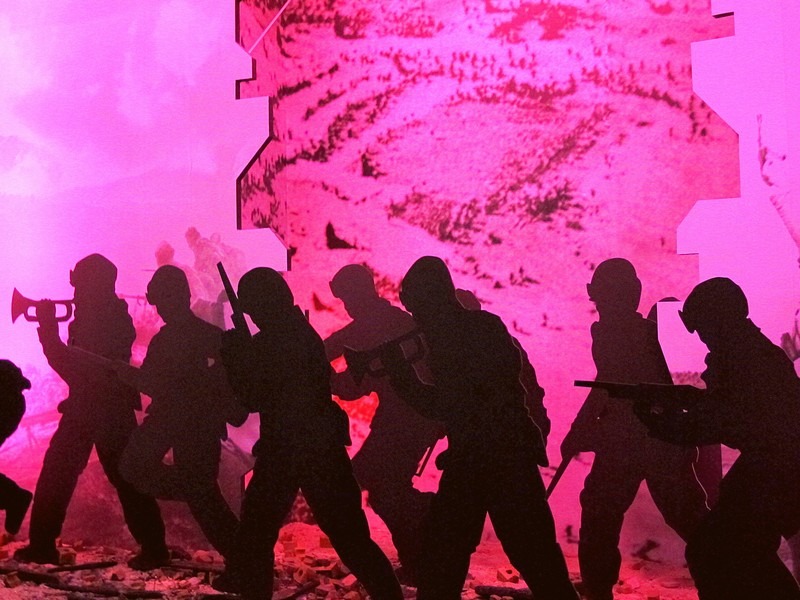

To help you on the learning front about war in Korea, check out:
- 6 Places To Learn About War In Korea: There is an awesomely huge and FREE museum in the center of Seoul that is must see, but there are more places that I would highly recommend at some point while you’re here.
- Camp Greaves: An Abandoned Military Base With An Artistic Future In The Korean DMZ: With more peace talks happening on the peninsula, more military bases and installations are being converted into cool community spaces.
- Gamaksan Suspension Bridge & Nuri Peace Park Near The DMZ: You definitely need to visit the DMZ at least once while you stay in Korea.
- A Trip to the Cheorwan DMZ: The Cheorwan DMZ isn’t the easiest part to get to from Seoul, but it does offer something very different to see near the border.
- The War and Women’s Human Rights Museum: If you haven’t heard of the ‘comfort women’ yet, you need to. Learn about the women who were sexual slaves during the war.
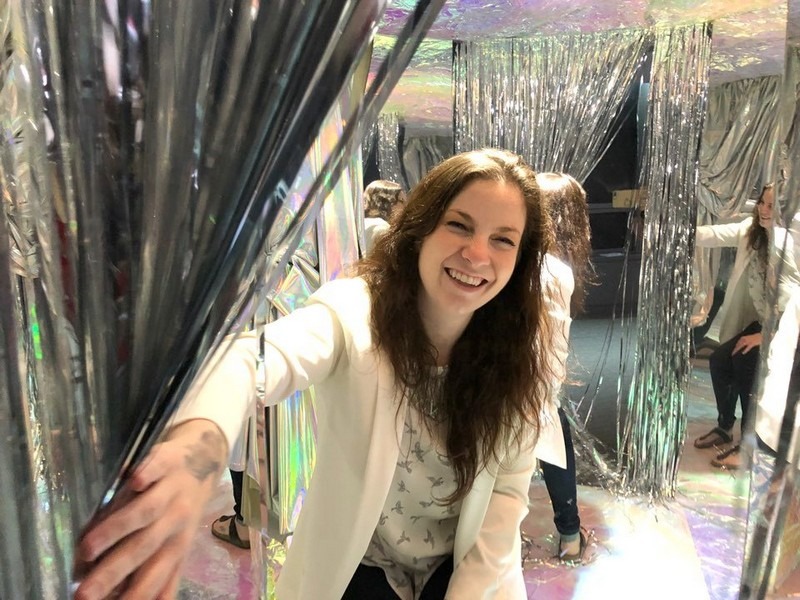
6. How old are you? & Other Personal Questions
This question is not seen as rude as it is in the west. Koreans would like to know how old you are in order to show the proper respect. But, get ready to be told that you’re a year or two older than you think you are. Koreans have their own aging system. You are considered 1 at birth and upon the Lunar New Year, everyone ages one year. Instead of talking age, talk years. When asked how old you are, which will happen often from taxi rides to meeting new people, say what year you were born to move past any confusion that much faster. Check out this etiquette guide to Korea for more information.
Asking how old someone is, isn’t the only personal question that’s a regular occurrence. There are a number of questions you’ll likely get really good at answering in Korean. The top five are:
- Where are you from?
- How old are you? (This is really important so Koreans know how to treat you. Did you know you can’t be friends with someone if you’re not the same age in Korea?)
- What do you do here?
- Do you have a boyfriend/girlfriend? Are you married?
- Do you like kimchi? Can you eat kimchi?


While these questions are nonchalant enough, I honestly find it strange that they’re so commonplace. If I just hop over to my nearest convenience store for a drink, I just don’t expect to get the third degree. What you can do with this though? Use it for language practice. There are a lot of great ways to learn Korean and just speaking is definitely one of them.
You will never see that taxi driver again or that person on the bus that struck up a conversation, so take up the opportunity to use some vocab you want to practice. It’s also important to note, whenever you’re learning a new language, that not everything translates easily.
Take the word ‘maybe’, for example. In English, we often use ‘maybe’ when we’re politely trying to say ‘no’ to something. When I first came to Korea, I’d say, “Oh sure, maybe,” because we’re not taught to bluntly say ‘no’. The problem? In Korean, ‘maybe’ leans more toward a ‘yes’ so if you tell a Korean local you will ‘maybe’ do something, they’ll hear, yes, you will do it. Be blunt, say no… or yes but be prepared for confusion. It’s okay.
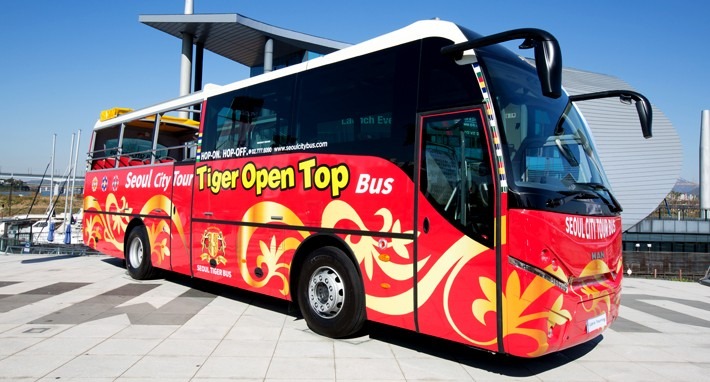
7. Phone Numbers to Memorize
Everyone gets lost now and again and translators can be really useful in sticky situations at banks or post offices. Luckily, there are some hotlines that you can call and they will happily assist you as you endeavor to live abroad in Korea. Call them with every question from where is the nearest bowling alley to how to open up a bank account and they can give you the info.
- Korea Tourism Organization Information Center: 1330
- Information & Translation: 120
- Emergency Medical Information Center: 02-1339
If you’ll be here for an extended period of time, I highly recommend learning some Korean to help you along the way. 90 Day Korean is a great resource and service to help you. Learn a bit before you come and it’ll go a long way to making even a short trip here even better. Learning to read Korean takes a week. Sit down, open a book and you can figure it out.
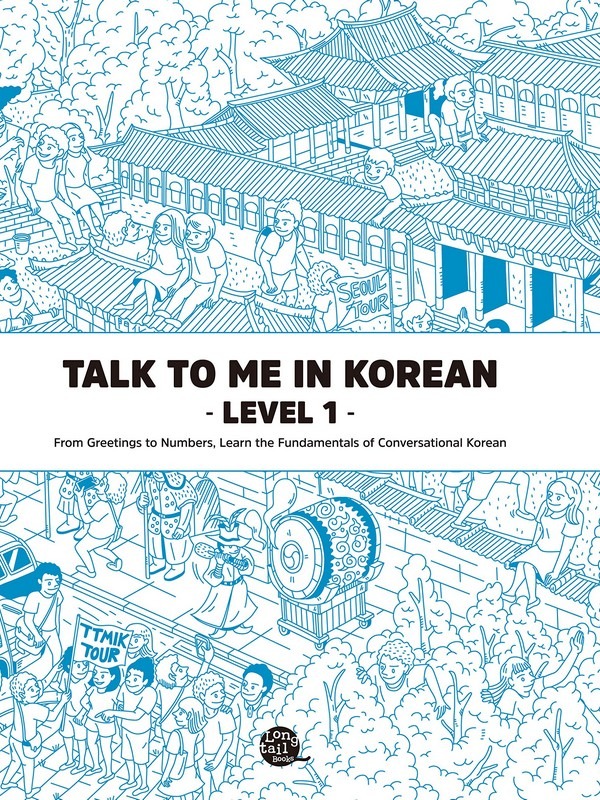
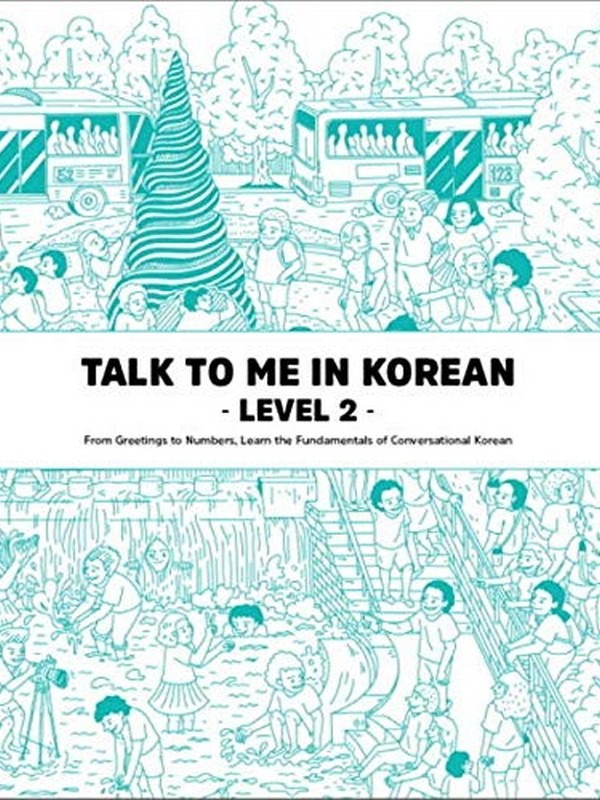
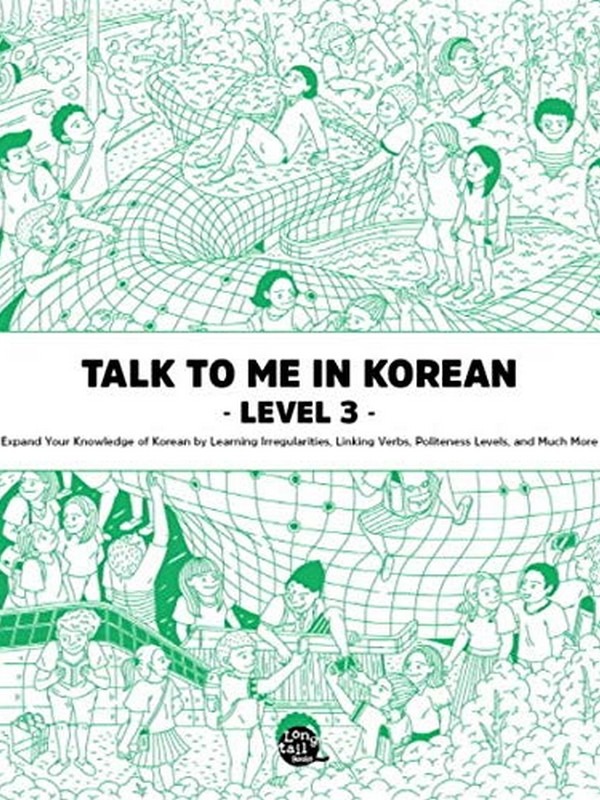
That doesn’t mean you’ll understand what you’re reading, but it would behoove you to learn the basics. You might be surprised to walk down the street reading signs and realize that there are in fact many English words that have just been written in Korean.
Common English words in Korean vernacular include: bakery, computer, salad, sandwich, meats from pastrami to ham and cheese to tuna and more. Begin by reading and then jump into some language classes that are usually super cheap or free around the city and you will be on your way to success in Korea.

8. Don’t Talk To Strangers
Okay, depending on where you’re from, this might be common knowledge but for a lot of Americans it’s not uncommon to strike up a nonchalant conversation with someone standing in line next to you or a neighbor you see on the street near your house.
My husband found it insane that I said ‘hi’ to neighbors that I did not know when I’d be taking a walk in my neighborhood back home. He asked why and I said, why not? If we’re both walking, most likely we’re neighbors so it’s kind to say, hey, hi, hello. Koreans do NOT do this.
If you strike up a random convo with the person next to you, it’s highly likely that you’ll make them super uncomfortable. Koreans also don’t walk around smiling at people they don’t know which is something Americans definitely do.
If a Korean person approaches you, be aware that cults do exist here and they are known to ‘recruit’ in frequented tourist zones like Hongdae, the arts district, and other popular spots. I was with a tourist when two Koreans approached her and asked for directions… now just think about that. They asked her for directions and she, being neighborly started talking to them to try and help at which point I butted in and asked them if they had phones. They said yes, and I said cool, so you’re Korean and asking a tourist for directions just never makes sense. Move on and check your own phone for directions.
My friend was so flabbergasted, but cults exist here folks and they’re nuts. Don’t get wrapped up in that. You can learn about cults an other travel scams in South Korea here.
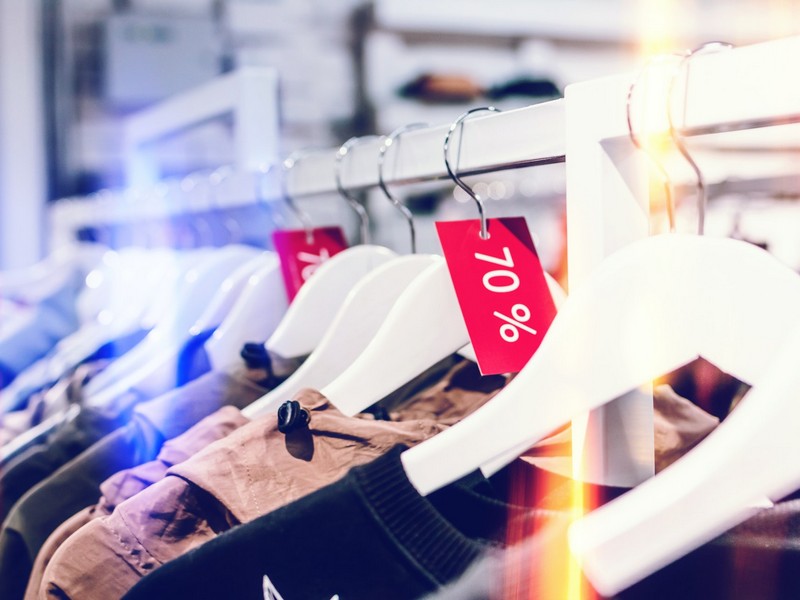
9. Shopping In Korea
Shopping For Food In Korea: The cheapest places to buy groceries are your local farmers markets. There are farmers markets in every neighborhood, you just have to find them. Usually, the markets are named using the neighborhood or “dong (동)” name followed by sijang (시장). For example. I live near Mangwon-dong (망원동).
Our local market is called Mangwon Sijang (망원 시장). If you’re looking for large western style grocery stores, HomePlus and Emart are your best bets, but you’ll be spending an arm and a leg more than you have to at those places. Get produce from the farmers markets but then you’ll probably have to head to HomePlus or Emart for toiletries, baking products, and snacks.

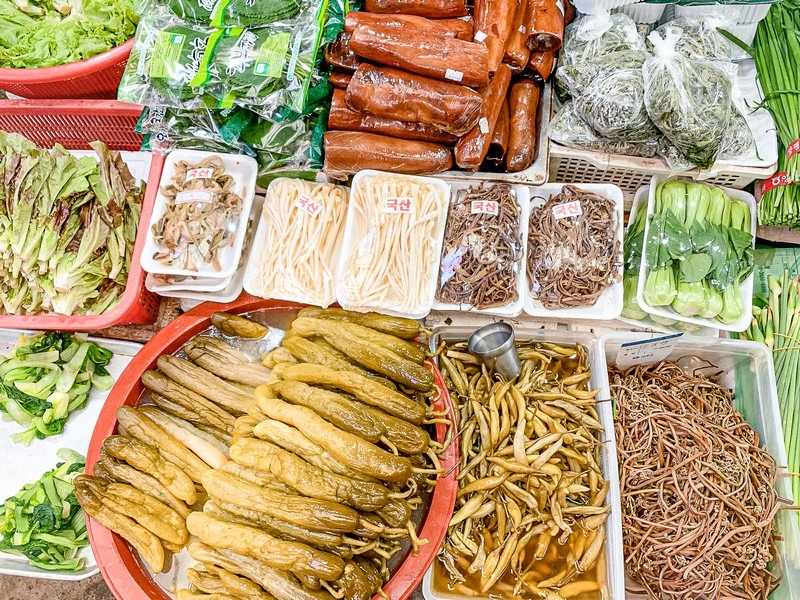
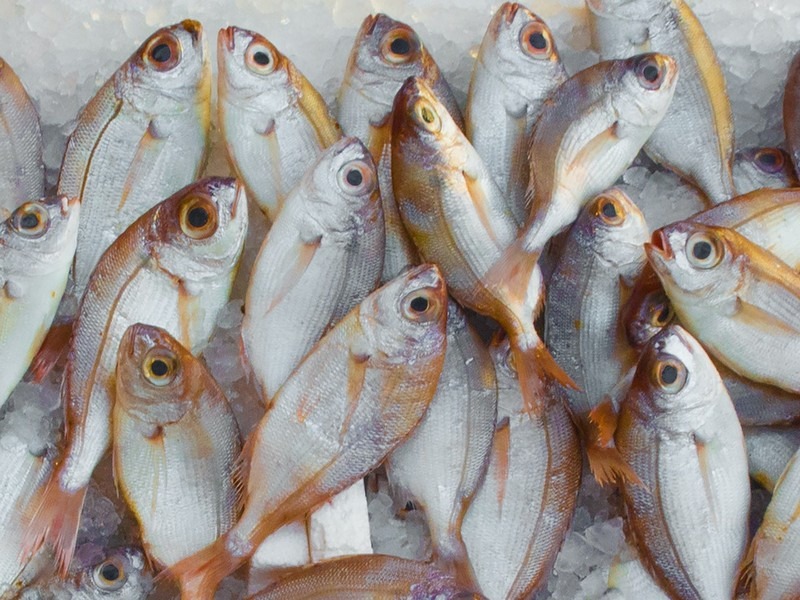
Some other markets that I highly recommend that are a bit MORE than just your average farmers market are Tongin Market just west of Gyeongbokgung Palace which lets you try a bunch of different Korean main dishes and side dishes in smaller portions. Also check out Gwangjang Market in central Seoul. This market is one of the most popular markets in the city and offers some GREAT authentic eats.

Shopping For Clothes & Shoes In Korea: You can really have a hard time in Korea if you’re taller or bigger than most Koreans and this is just good to know before you get here so you’re not shocked and then go through body shaming yourself. Koreans, on average, are shorter, thinner, and have a smaller frame than most westerners. While there are western brands like H&M, Forever21, Gap, and so on in Myeongdong and other shopping districts around Seoul, even those shops just don’t carry as many sizes as you’re used to seeing in the States.
For women, if you’re feet are a size 9 or larger, you’ll want to bring your own shoes. For men, I think it’s a size 10 and larger. Definitely bring your bras and underwear and even socks. Some people like the cutesie thin socks you can buy on every street corner in Seoul but I don’t. I like thicker socks. After living here, I still stock up on deodorant, toothpaste, jeans, bras, underwear, and socks when I’m home visiting.
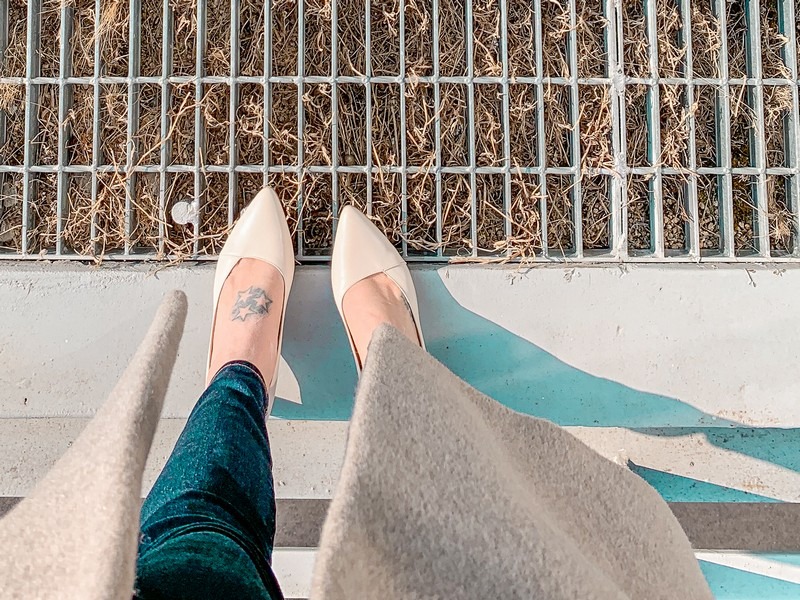

10. Some Final Tips & Tricks
- When eating dokkboki, rice cakes in a spicy red pepper sauce, at a street vendor’s cart make sure you keep your feet a bit further back. If you glance down at a food stall near you, you will notice red dots all around on the ground and probably on the tops of other peoples’ shoes who didn’t heed the warning.
- Always carry your phone charger with you. If you’re out and about and your phone dies, you can plug it in in any cafe, bar or restaurant that you spot a plug. Even if you forget your charger, the staff will probably have a charger to help you. Ask away and don’t be shy.
- Always carry your toothbrush/toothpaste travel set… if you want to be like the Koreans. Koreans are constantly brushing their teeth. It’s not surprising to find people brushing their teeth in office bathrooms, school bathrooms, just any bathroom after a meal. People are always brushing… and yet there seems to be a high number of cavities. (<– A lot of toothpaste in Korea has sugar in it and doesn’t have fluoride so be aware of that and bring your own if you want to stay away from the dentist!)
- You will take your shoes off and put them on way more than you did back home. Wear shoes that are easy to get on and off. A lot of Koreans end up folding down and walking on the backs of their shoes, really making them more like slippers, because they take them off and put them on so often.
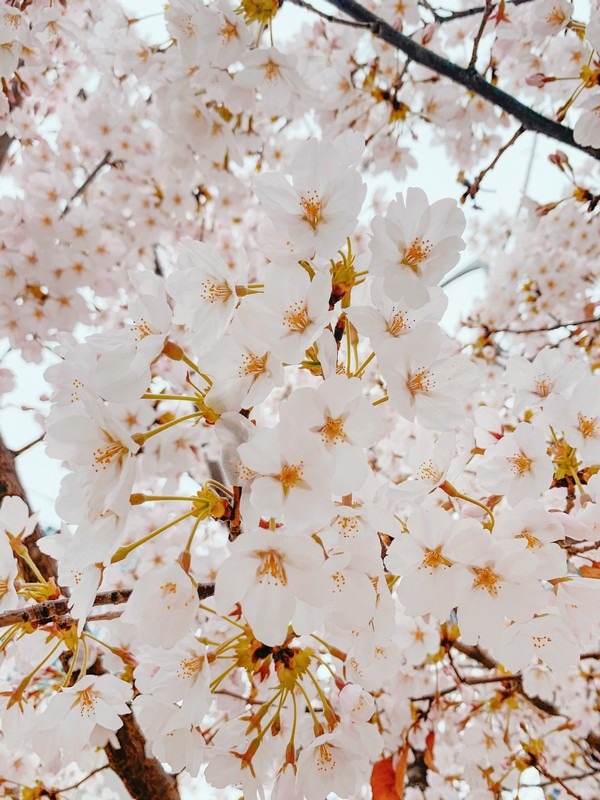
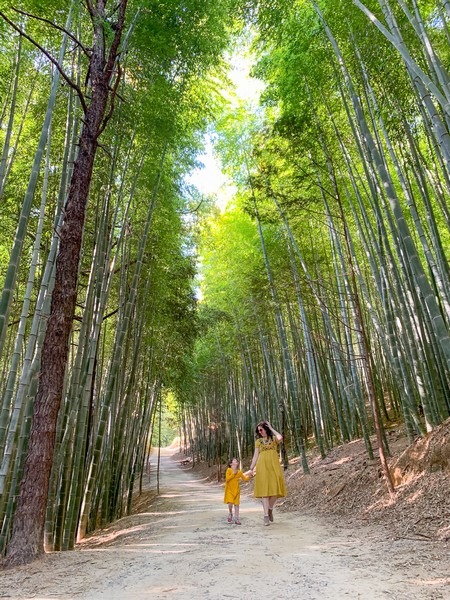

- There are four distinct seasons in Korea: monsoon season, a very humid summer season, autumn, a bitterly cold winter. Be prepared for all of them. Yes, it snows in Korea and it can be fiercely cold even for people like me who come from a state with a cold winter. Bring that parka and those boots. You’ll need them.
- Most restaurants do have forks on hand (for children), so if you really can’t figure out how to use the metal chopsticks on the table, ask for a fork (which is pronounced pork in Korean). Don’t be shy. Just get the food in your mouth.
- Korean phones must have the sound on to take a picture as it is supposed to prevent people from taking up-skirt shots and other inappropriate pictures. So many people come here and try in vain to get the sound to turn off. You can use apps if it really bothers you, but honestly, everyone’s phone does it so it’s not a big deal or an annoyance after awhile.
- You’ll come to tell the difference between a love motel and a regular motel/hotel from a mile away. Love motels are big in Korea because children often live with their parents until and through adulthood so if they want any kind of privacy, they need to be outside. You can stay in a love motel for a night or even just a few hours… because sometimes it doesn’t take that long. Really, love motels can be cheap and a lot of them are upgrading to be boutique motels basically. They can be great places to stay just don’t be surprised to be handed condoms if you check in in a male/female duo.
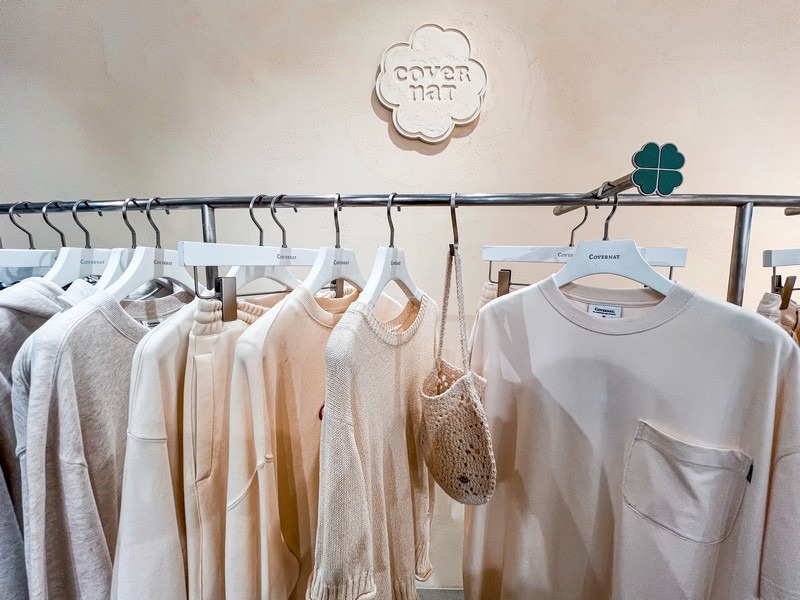
What To Pack For Korea & What NOT To Bring
So you’re coming to Korea, here is the packing list you need to see before you get here.This is a great packing list if you’re MOVING to Korea, but if you’re just coming for a visit, then check out this very complete guide for what to pack if you’re traveling to Korea. This are things you might just not think about or are easy to forget but to be honest, Amazon started shipping to Korea and it is way easier to get things that you may have forgotten or just can’t seem to find near you. So while this is a good list to help you, don’t worry if you forget something. There are ways to get the necessities once you get here.

What to bring when you’re moving to Korea:
- Toiletries like deodorant, tampons, and toothpaste: Deodorant and tampon weren’t easy to find at all when I first came in 2006. While they are easier to find here now, they’re still more expensive than you’ll find back home and there aren’t as many brands as you’re used to. In my local market there’s only one kind of deodorant so if you have a particular kind, bring a few with you. Consider going green if you’re a tampon user. Get a menstrual cup and bring it with you. It’s less waste and a lot easier than packing 12 months of tampons. Toothpaste is a bit weird here. If you do use it, the flavors are pine and green tea which was just odd when I tried them. Some of them even have sugar in them and very few have fluoride. I like Arm & Hammer and usually stock up on a few tubes when I’m back home.
- Pain Meds & Vitamins: There are plenty of pharmacies and it’s not difficult to get meds, BUT, they generally come in small little packets. Bring what you like to use because you won’t find what you want here most likely and no one is going to have a whole bottle of Tylenol to purchase.
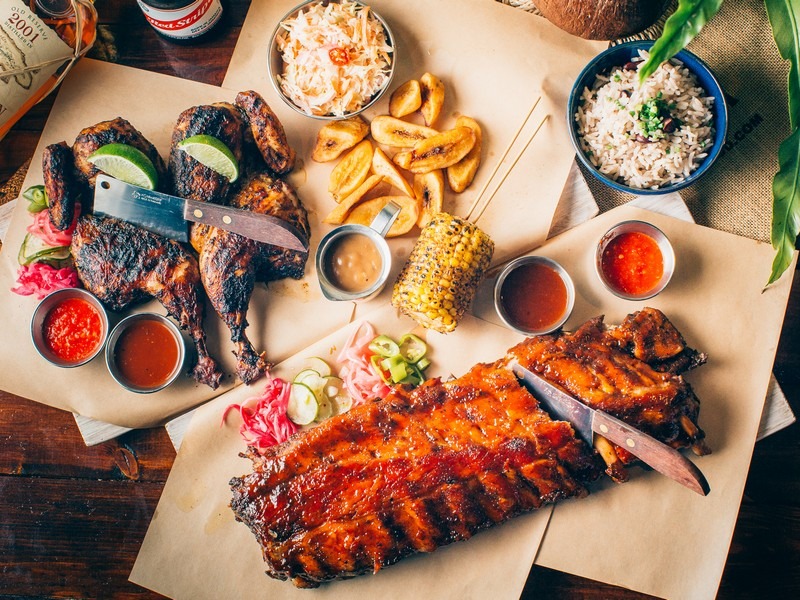
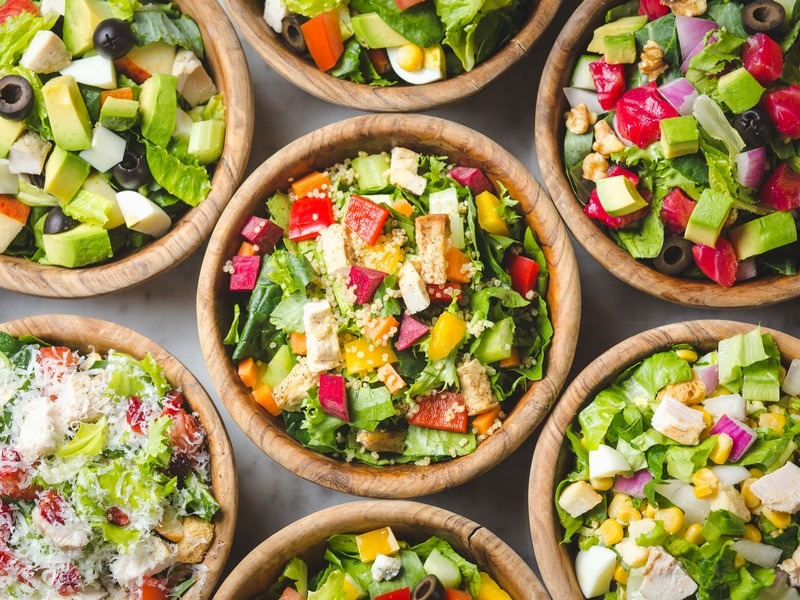
- Foods: There are some things that are just really difficult to find. If you like baking things, bring vanilla extract. You won’t find it here… easily. You might also want to bring spices like dill if that’s your jam, like it is mine. Shops have gotten a lot better selection in recent years and have basil, oregano, cinnamon, and other common spices, but if there’s anything you just love from time to time, bring a little bottle just in case. (PS On the baking front, most homes do NOT have an oven so if you do want to bake, you’ll have to purchase yourself a small oven most likely.) I’m not a big snacker, but people often complain about the snacks here. Basically, most Korean snacks are sweet. Even if it’s supposed to be salty, it’ll be a bit sweet. Do NOT eat garlic bread here whatever you do. It’s sweet! That was the worst realization the first when my expectations were just not met that first time in an Italian restaurant. Anyway, if you’ve got a snack at home you eat like Cheez-its, just bring a box. When you first come, there can be so much going on you need a little comfort snacking. Good to have on hand.
- Underwear: I realized I couldn’t find any bras that fit me when I came to Korea. The cups seem to be closer and they just don’t have a lot of sizes. Basically, bring what bras and undies you want for the year because you won’t find a ton here.
- Bed sheets: This might seem odd, but Korean sheets are expensive and often you just get a fitted sheet and not a set with the top sheet included. My husband didn’t even know why we needed a top sheet. Um, yes.
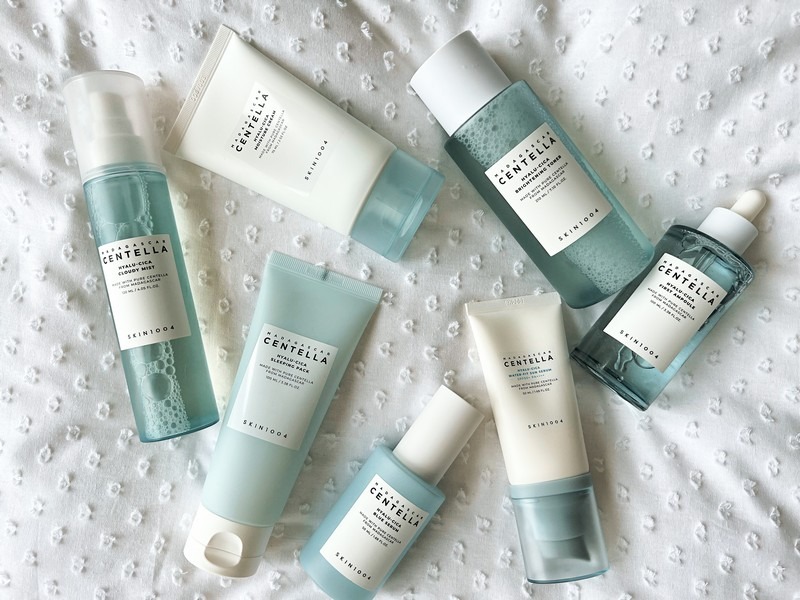

- Make-up: While this is the land of K-beauty and all of the skincare products therein, there is still something missing. In terms of foundations, most Korean brands have two tones and they’re both very pale. I highly suggest bringing foundation that you like. Everything else you can pretty much find.
- International Driver’s License: This is good to have on hand any time you’re going to travel anyway. Legally, you can actually only use this if you’re a tourist in Korea. If you’re coming to teach, making you a resident, then you’d actually have to get a Korean driver’s license if you want to drive here. I myself did not know this and drove using my international driver’s license for a couple years before someone filled me in. Luckily I was never in an accident or pulled over or I would have been in hot water. I even rented a car using it while I was here, so it seems I’m not the only one that doesn’t know the laws. Do be aware of this as many people drive illegally without ever knowing.
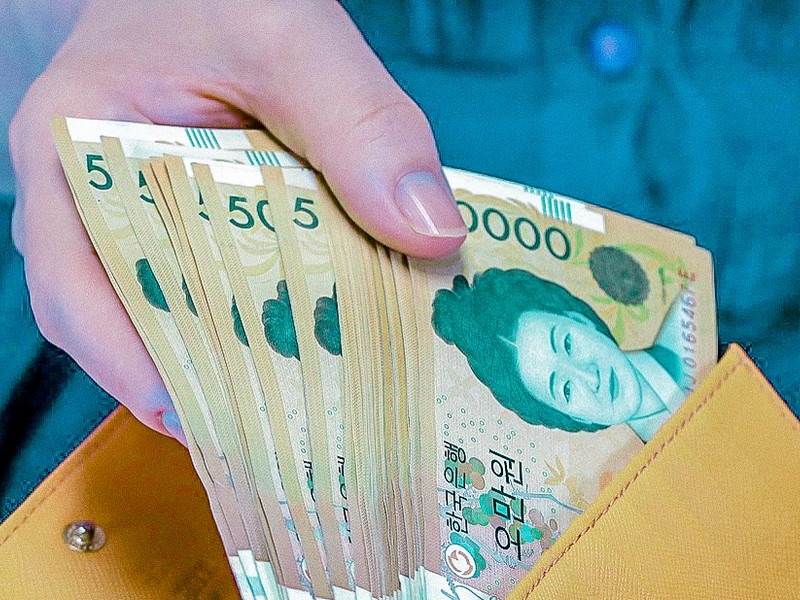
- A Lot Of Money!: Okay, no, you don’t need to be loaded to come here, BUT, it is super common for people to get here and run out of cash their first month. It’s so common, that those ‘best friends’ you just made in your first month will probably end up loaning you money if in need. It happens more often than you think so don’t be ashamed of asking. Basically, you’ll probably arrive a week before you really start teaching and then you won’t be paid until the 5th or the 10th of the month AFTER you’ve worked a full month so you will be here for about a month and a half before you’re paid. During that time you will be out and about sight seeing, meeting new people, eating at bars and restaurants that are overpriced because you don’t know any better and spending money. You may also need to shell out for towels, bedding, pillows and other basic house things once you see the house you’ll be living in. Who knows what’s really there. I’d recommend having at least $1000 in cash because another big issue people run into is bringing their foreign card and being unable to get money out of an ATM. It might sound like a lot of money but consider that you certainly don’t have to spend it and at the end of that first 6 months, if you have left over, just put it in the bank account your bank has help you set up and you’re good to go and to start saving.
DO NOT BRING:
- Full-size towels: Koreans have really small towels. Visit a Korean spa and you’ll be given a towel that’s between a hand towel and a full size. Doesn’t cover much. That being said, there are more brands like Ikea moving in and they stock larger towels. While a lot of lists will tell you to pack this, I’d tell you to just be prepared to hunt a bit but use the space in your bag for something else and buy a towel here.
- Business Professional Clothes: Unless you’re going to be a business professional here, you won’t need it. Every school that hires a teacher will tell them to bring at least one suit or business professional outfit, but trust me when I say you will NEVER wear it. Mine sat in my closet the first three years without being worn once. Most teachers are rocking jeans, casual nice pants, and button ups or t-shirts. Don’t waste the space in your bag.
- Hair dryer, curling iron or straightener: The voltage is different and you’ll just end up using yours until it burns out and you have to buy a new one anyway. Come ready to shop for these items.
What To Pack For Korea
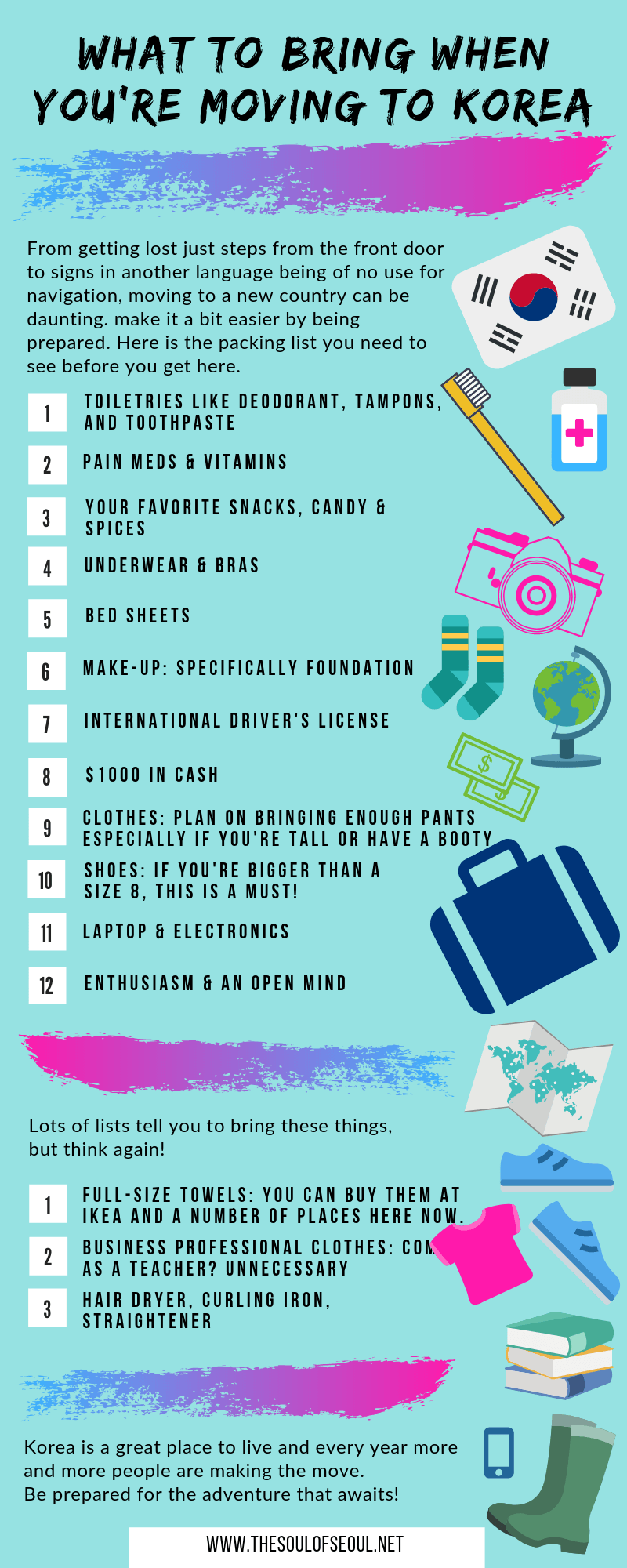
Did you like this post? Pin It!
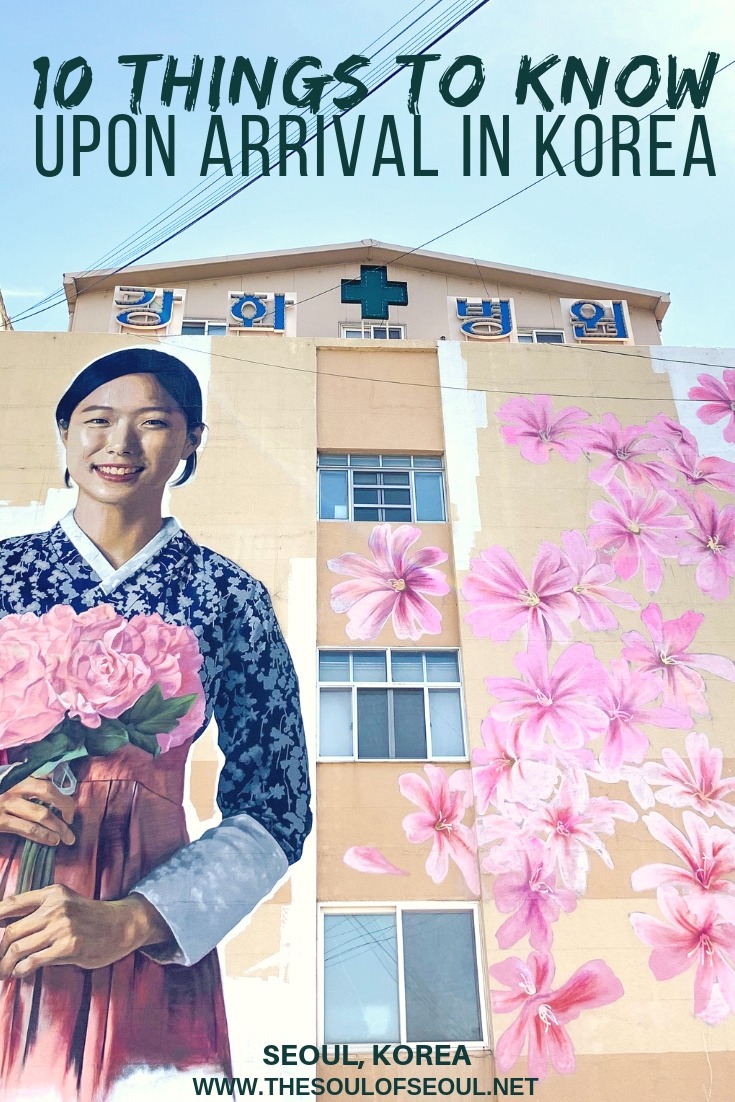



17 Comments
thepetiteexplorer
That’s so strange you find toilet paper an issue! I’ve been here a year now and am always so impressed with public restrooms compared to the West. There’s always been paper, working hand dryers and so so clean! It’s something I’ll definitely miss!
Hallie
That’s amazing you haven’t had any troubles in bathrooms. I was just talking to a group about your comment this past weekend because I wondered if in 11 years that I’ve been here, something had changed that I hadn’t noticed. While many places have started to stock toilet paper and maybe soap in the same bathroom, I still find many places don’t. Everyone in the group I was with said they still carry toilet paper around in their bags just in case. haha. Count yourself blessed. ^^
eunyoung kang
I live in Seoul , eun young
The app to recommend that you know about bus.
https://appsto.re/kr/Qu4rbb.i
Current position just a cell phone showing a map for directions to the nearest station .. Clicking on the bus stop can see the number and the route.
Although the Korean language in destination name to talk about when people around and I’m afraid to ask for help and show me your ticket, bus routes will be helpful.Look forward to!
Want to help for the trip to Korea, in my site. Preparing the site. What if she needed help the email, [email protected]
cat
I’m Korean and I’ve been abroad for a few years and got back to Korea now. this country is extremely convenient to live just if you speak Korean. Sometimes I’m so surprised how hard it is for foreigners to live in korea without speaking korean. it is not easy at all to live in korea when only speaking Eng especially out of Seoul. i think it will be super useful for foreigners to arrive just now. sometimes I wish there is an Eng version of map in seoul. whenever they are lookin for some store, all the shop and malls are in Kor. hard to translate it all…
Hallie
Yea, learning at least to read Korean is extremely helpful and really not all that difficult. Learning what it means is a different story but if you can read then figuring out the maps is easier although an english map would help most newcomers for sure.
suyoung
i’m so impressed reading your article all about korea.
in addition, this article has a really useful information for newbie in korea
As i am korean, I wanna let you know more korea’s information, but i havn’t got enough english writing skill… so, i feel sorry. (English writing is so difficult to me.)
Hallie
I think you wrote this really well in English. Keep practicing and I’m sure you’ll be able to say everything that you want to say. ^^
Mi Ah
Hello,
I like your page and this article! 🙂
I’m a hungarian girl and I also have a blog about South Korea. I just want to ask you if I can translate this to my blog or not. Of course I mark your page and you as original writer!
Bests,
Mi Ah 🙂
Hallie
Sure Mi Ah, translate away. Link to this page and indicate that I’m the writer and that will be fine. ^^
Hallie
Thank you for asking by the way. ^^
Mi Ah
Thank you 🙂
Phoebe Anne Wilcox
Costco is your new friend when it comes to cheaper and western goods. Find someone with a card or go and sign up with your ARC.
The best place to find souvenirs is at the National Museum of Korea gift shop.
Marcy
I found better variety and prices for souvenIrs in Insadong. There are some cheap things, but also some very good ones.
Hallie
Yes, I’ve always taken people to Insadong if they want souvenirs too. I don’t think the prices are too bad there. ^^
Hallie
Good tips Pheobe! I do love a good run to Costco myself. ^^
Marcy
The buses were hard for me because there is no English, unlike the subway. I have an app for the subway that is in English, is the bus app in English?
Hallie
Unfortunately, that app isn’t in English. Though I can read Korean, I often click into the map view so I can see the route that the bus takes. That is helpful in any language if you know where you want to go. The only English for buses on the signs even is the subway station stops. They still haven’t translated all of the stops on the signs, so yes, it is difficult to use the buses, but I have always liked riding them because you can see so much more and figure out how the roads are connected faster and easier than when you’re popping up from a subway all of the time.